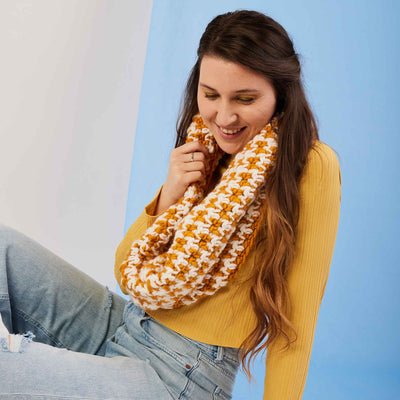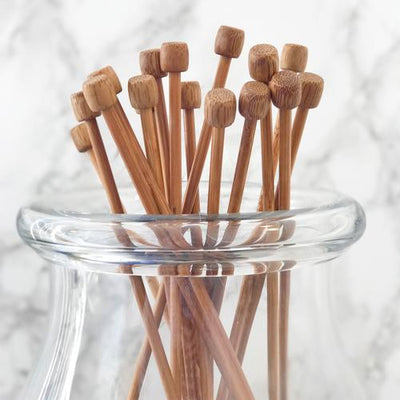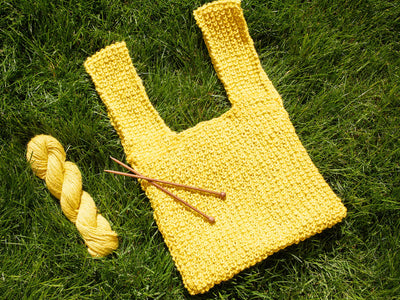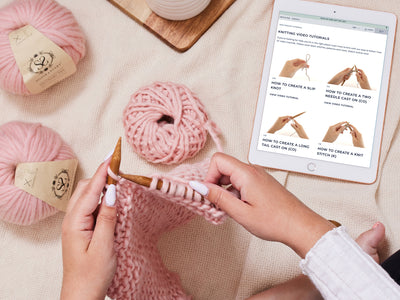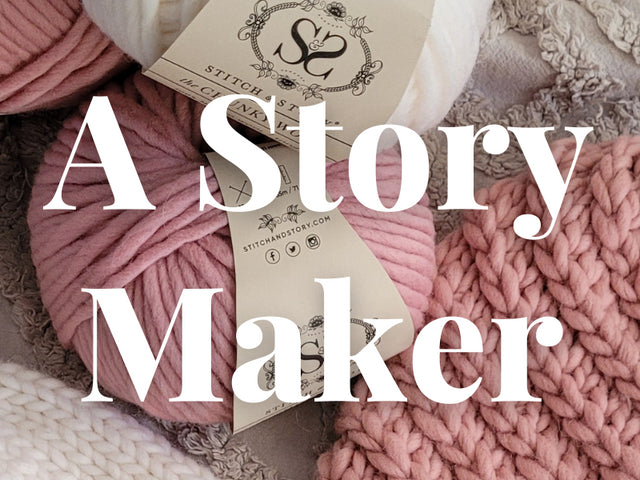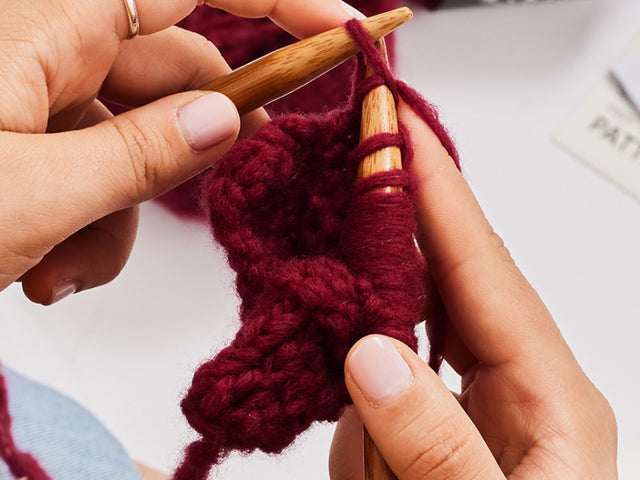
Your Crafting Questions Answered
Crochet | 4 min read time
We answer your crafting FAQs - there’s no such thing as a silly question here!
We’ve put together a list of questions that you might not know the answers to. Whether you’re a new crafter, or have been stitching for years, every day is a learning day!
What’s the difference between knitting and crochet?
A great question to start with! The main differences between knitting and crochet are the tools used, and the stitches made.
A standard beginner’s knitting project uses 2 needles, and crochet uses 1 hook. Some knitting projects will require different numbers and types of needles eg. if you are knitting socks you might use circular knitting needles, or double-pointed needles.
There are different sets of stitches and techniques for each craft, so even if you’re a knitter, trying crochet for the first time will be a completely new experience for you!
Knitting

Crochet

Are cross stitch and embroidery the same thing?
Sort of! The word embroidery refers to decorating fabric using a needle and thread. So cross stitch is a type of embroidery, although it is quite different from other embroidery methods.
Using a gridded fabric called Aida, cross stitch designs are brought to life by stitching X’s in rows and columns. Other types of embroidery (such as machine, or hand embroidery) use a variety of stitch types and techniques on woven fabrics (such as cotton, linen, or canvas) to create designs.

What’s a knit stitch and purl stitch?
Knit and purl stitches are the foundations for all knitting patterns! By working different combinations of these two stitches, you can create an endless variety of textures and patterns in your project. But how can you tell the difference between a knit and a purl stitch?
When looking at a piece of knitted fabric, you might recognise the well-known V shaped stitches associated with woolly jumpers - these are knit stitches. Purl stitches look more like bumps or waves, and can be found at the back of knit stitches - yes, the back of a knit stitch is a purl stitch, and vice versa!
Knit stitches

Purl stitches

Why do knitting needle or crochet hook sizes matter?
When working with yarn, the thickness of the yarn will have a recommended needle or hook size to work with. If you use a smaller size hook or needles, the finished piece will have stitches that are more tightly packed together, making a denser fabric. And garments might come out smaller than your pattern states.
If you use a larger hook or needles, your finished garment might end up too big, and the fabric will be looser, with gaps in the stitches.
As you become more experienced with knitting or crochet, you can start to experiment with different yarn thicknesses, and needle or hook sizes, to achieve fabrics that are more sturdy, or have more drape to them.
What does ‘tension’ mean?
In knitting and crochet, tension refers to how tightly or loosely you pull your yarn when making stitches. An uneven tension (where the yarn isn’t consistently pulled to the same tightness) can result in your project having misshapen edges.
You may also hear the word ‘gauge’ mentioned alongside tension - your gauge is the number of stitches and rows made in a 10cm x 10cm square.
Why do I need to make a swatch?
Often crafters will skip over this stage of a pattern, but a swatch is an important part of every project. Also known as a tension square, making a swatch is an opportunity for you to test stitches and check that your finished item will end up the same size as indicated on the pattern.
The tension you knit or crochet with, along with the size of the knitting needles or crochet hook you use, will affect your gauge. Your pattern instructions will tell you the number of stitches in a row, and how many rows there should be, within a 10cm knitted or crochet square.
Once your tension matches the pattern, your finished item will match the measurements stated in your pattern. If your gauge is tighter, your finished item will be smaller than stated. And if your gauge is looser, then your finished item may be larger than expected and could require more yarn.
Discover our knitting and crochet swatch tutorial videos for a step-by-step guide.

How do I weave in the ends of my yarn?
There are a few different ways to weave in your yarn tails, depending on the stitch pattern you’ve used. To get you started, take a look at these knitting and crochet video tutorials:

Discover more ways to weave in ends for your knitting projects on the blog.

What is blocking?
Blocking is the final step of your knitting or crochet project, and is done to keep your work from losing shape, and to smooth out any lumps and bumps. This will achieve a more even look, and prevent your work from curling at the sides!
There are a few different ways to block your projects, depending on the kind of yarn you are using and the type of garment you’ve made. We recommend laying a damp cloth over your project, and gently ironing it to flatten it out.
Take a look at our knitting and crochet tutorial videos for a step-by-step guide on how to block your projects.

What’s the difference between US and UK crochet terminology?
Great question! The names of stitches differ between the two: UK terminology refers to the number of loops on your hook, whereas the US terminology refers to the number of yarn overs you make when working a stitch.
This means the first main stitch in UK crochet is the double crochet, as there are 2 loops on your hook before you pull your yarn through and close the stitch. This is called a single crochet in US terminology, as only one yarn over is made when working the stitch, before pulling the yarn through the loops on your hook.
All Stitch & Story crochet patterns are written in US terminology, and if you need a hand with converting any US or UK terms, you can find out more on our blog here.

What are the best money saving hacks for crafting on a budget?
Our newsletter is a great place to start! You’ll be the first to hear about upcoming offers and sales, such as clearance sales, buy-one-get-one-free offers on packs of yarn, and discounts on our most-loved collaboration kits.
Got another question?
Our mission is to make crafting simple, and provide everything you need to work on your new project. We have tutorial videos for knitting, crochet, and cross stitch to guide you through every stitch, and a team of been-there-made-that crafters on hand to answer any questions you might have - just drop us an email on hello@stitchandstory.com
Share your project photos with a community of crafters on Instagram and Facebook.



